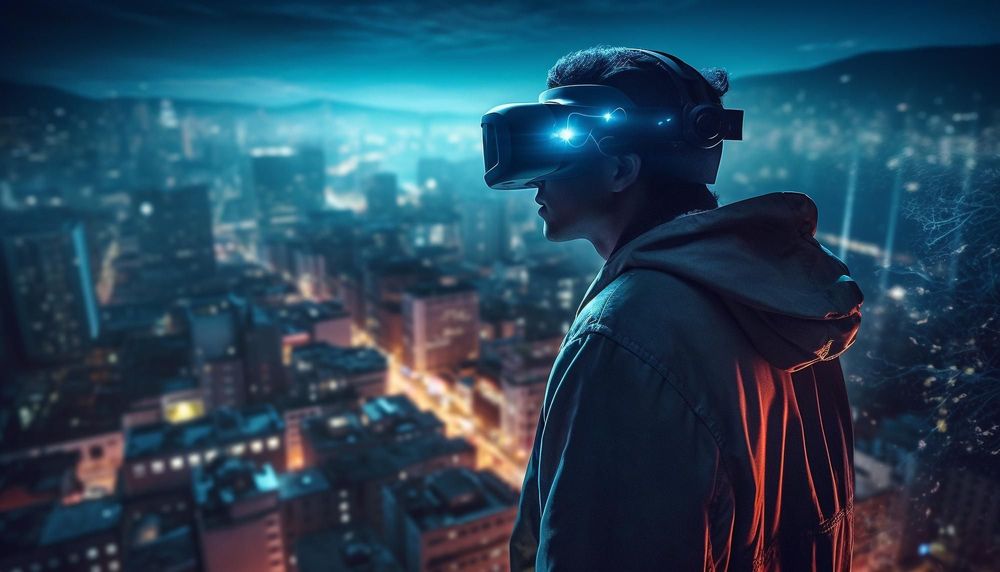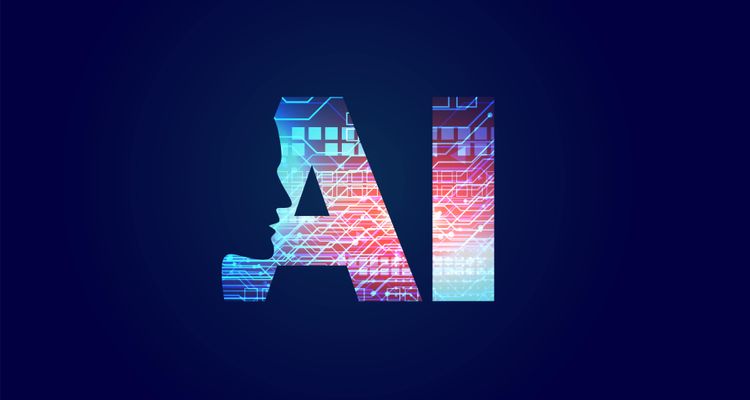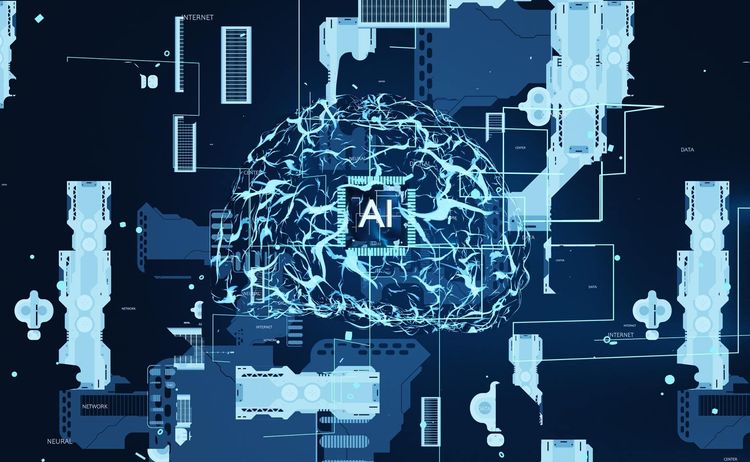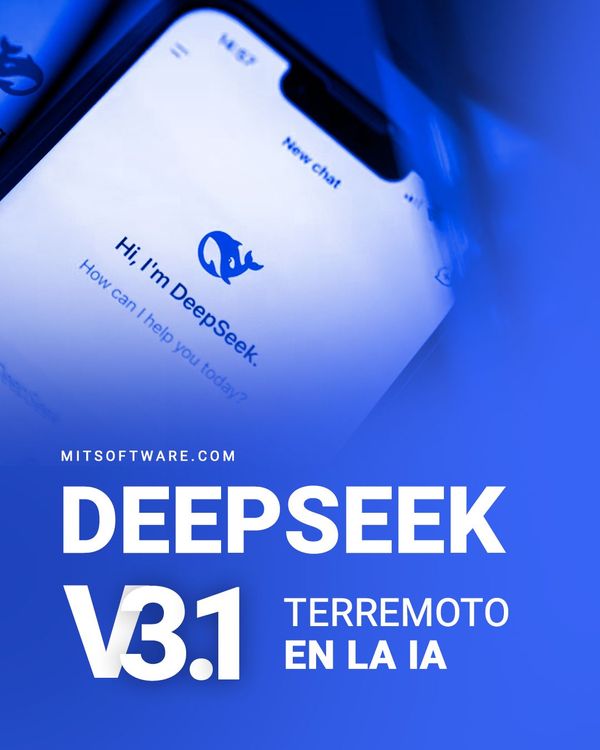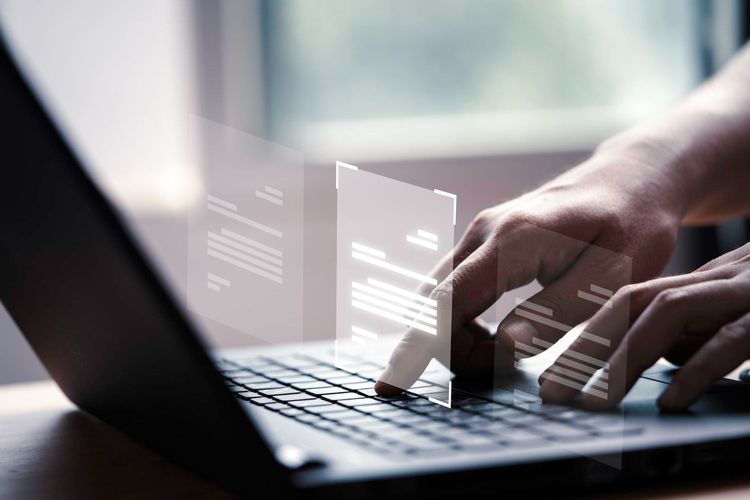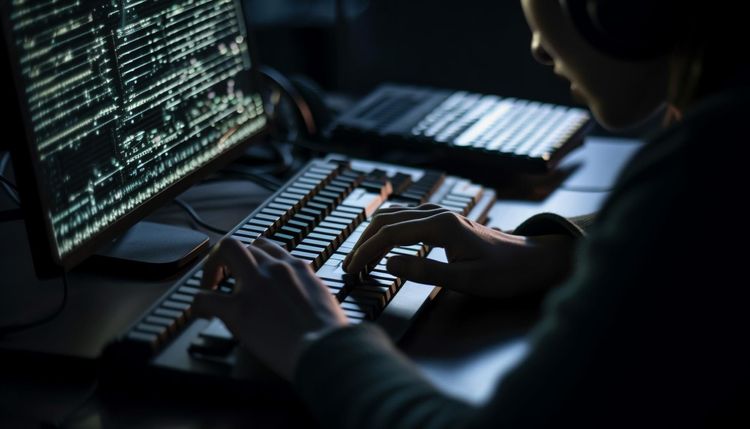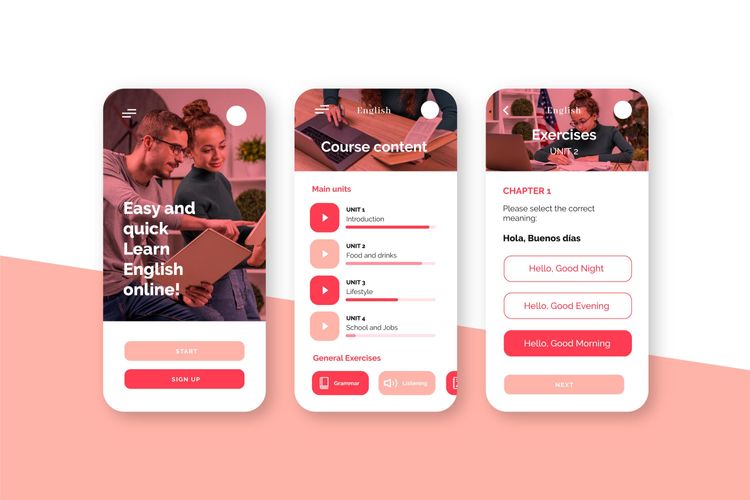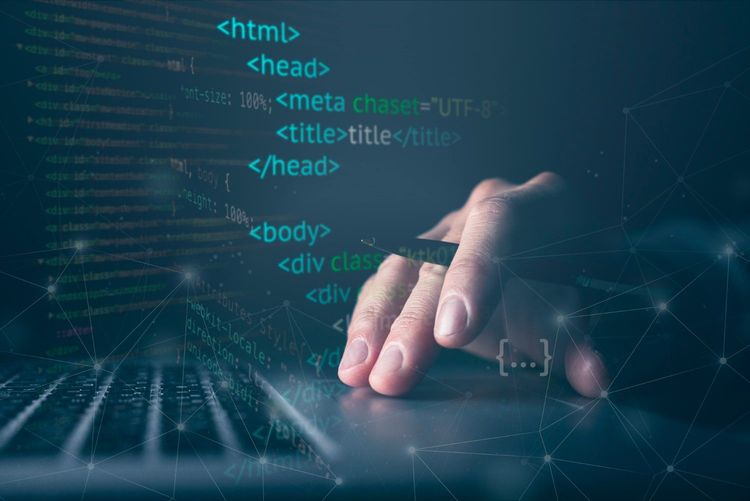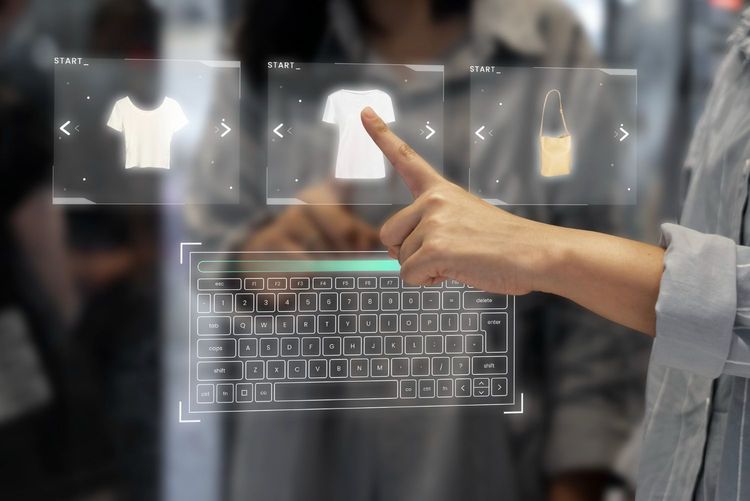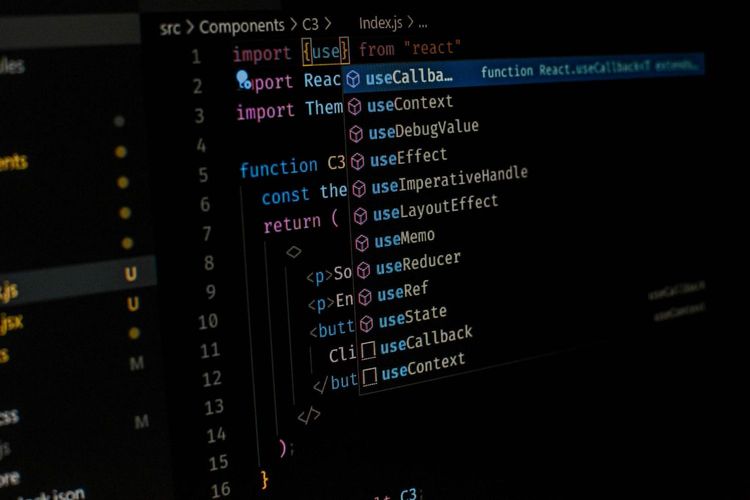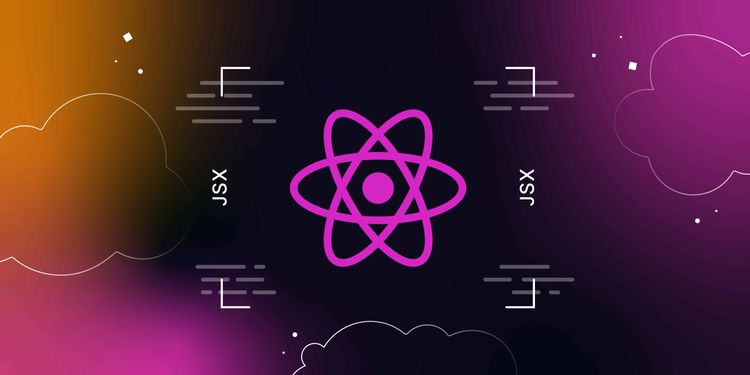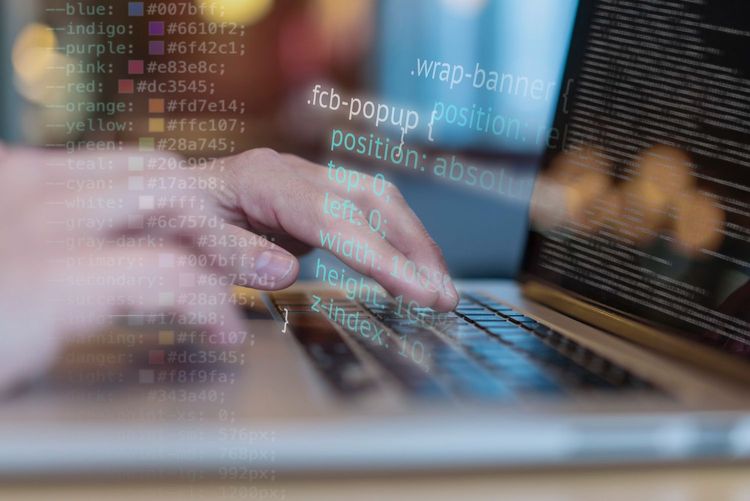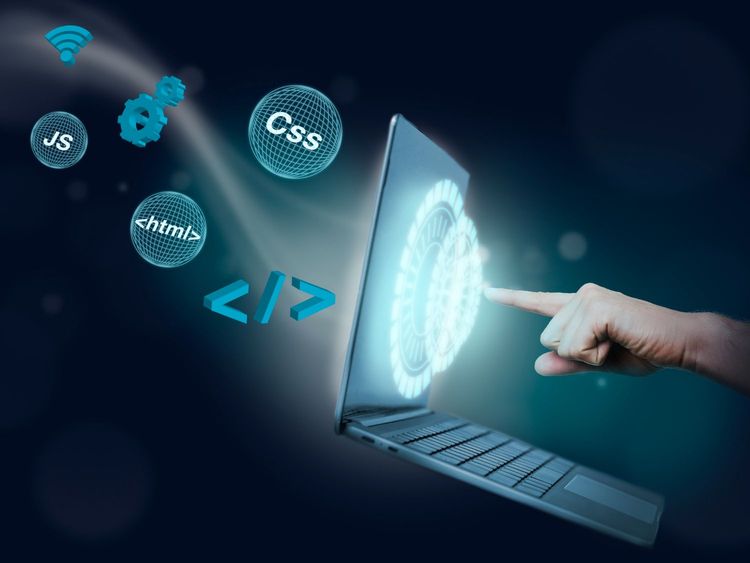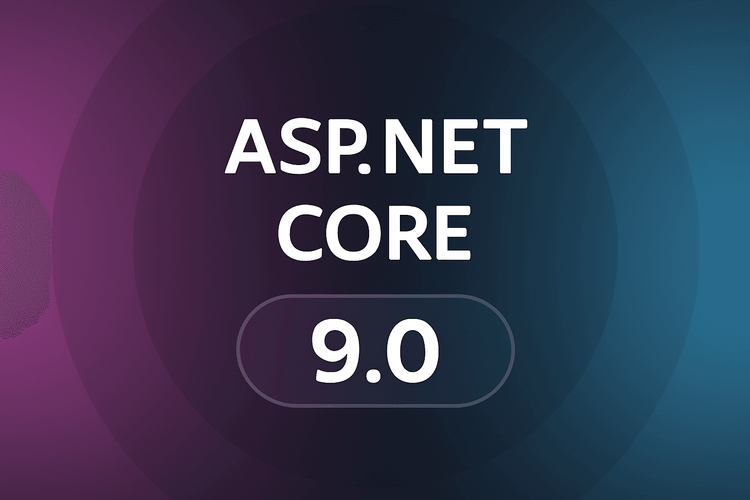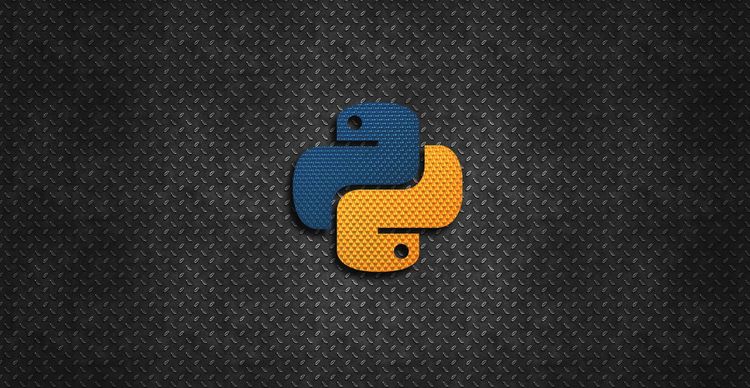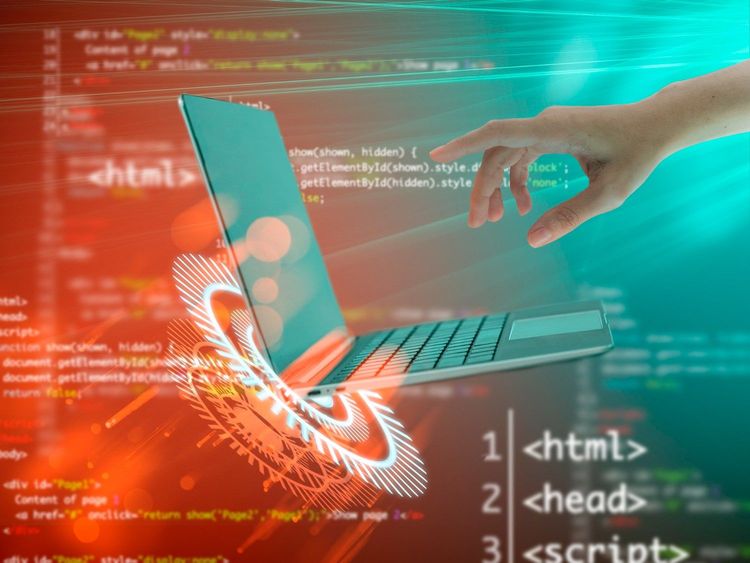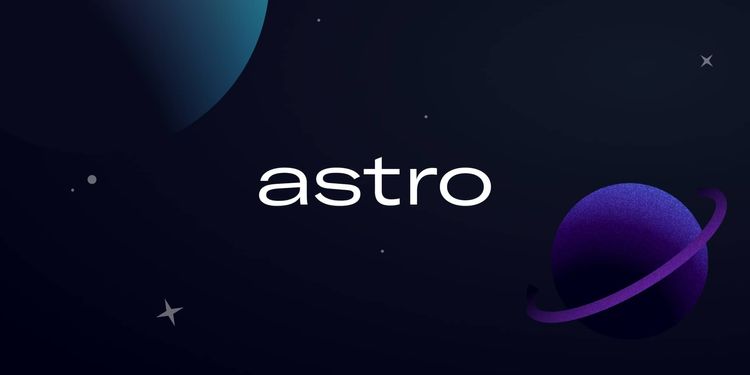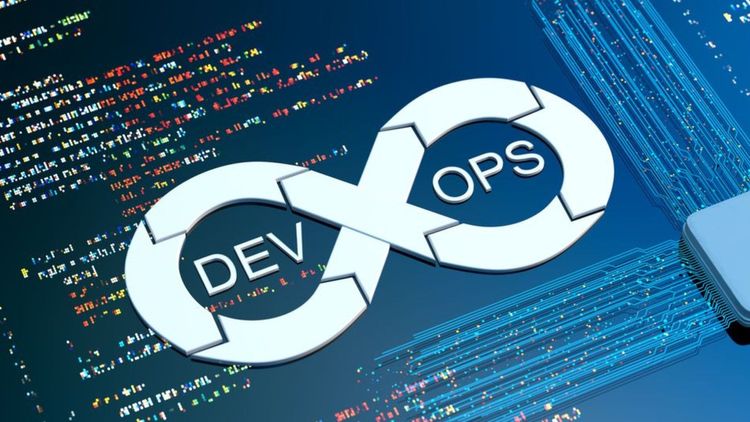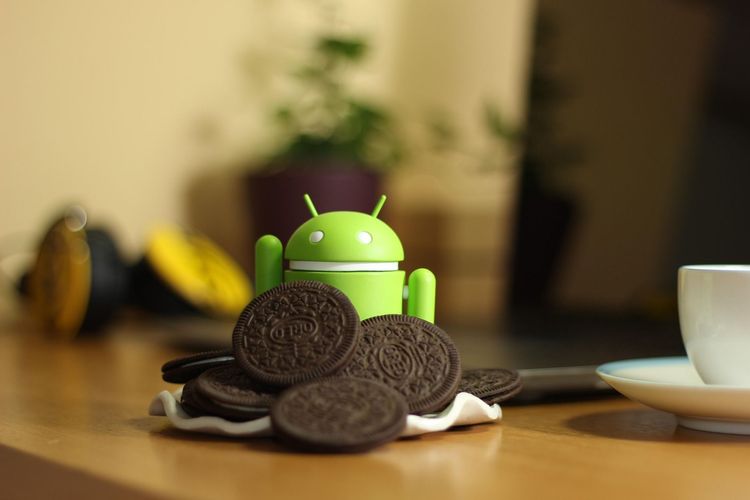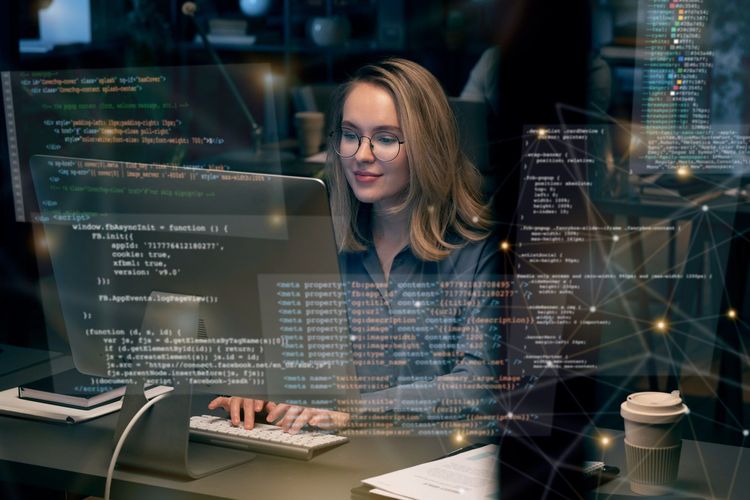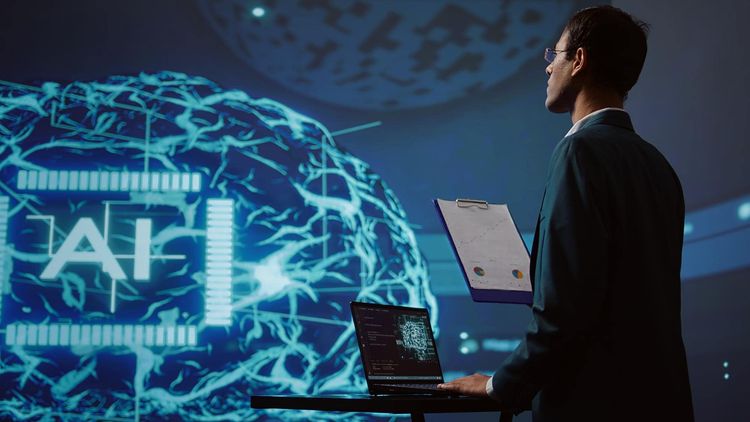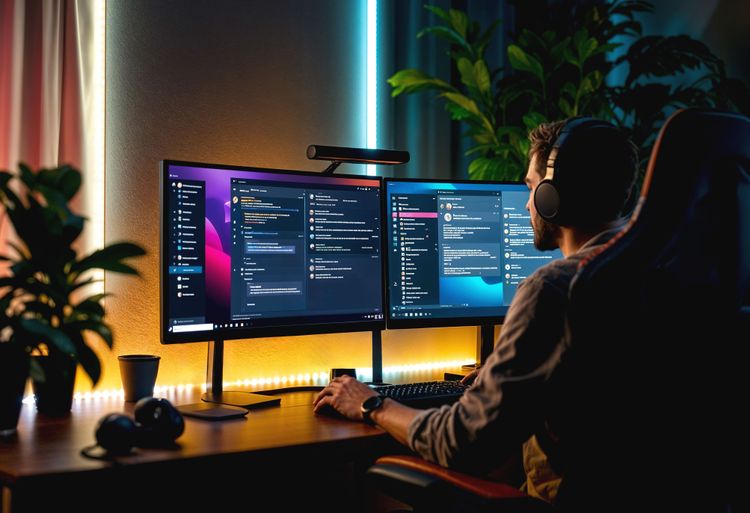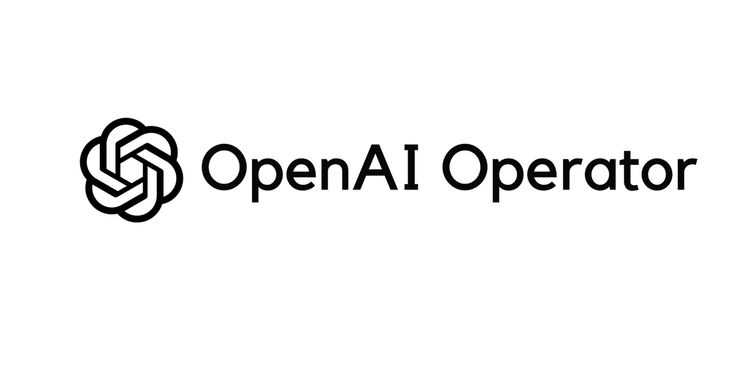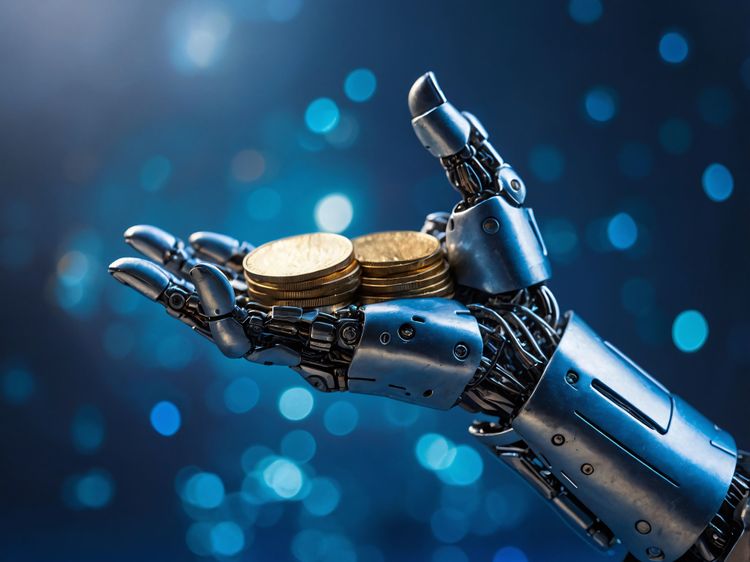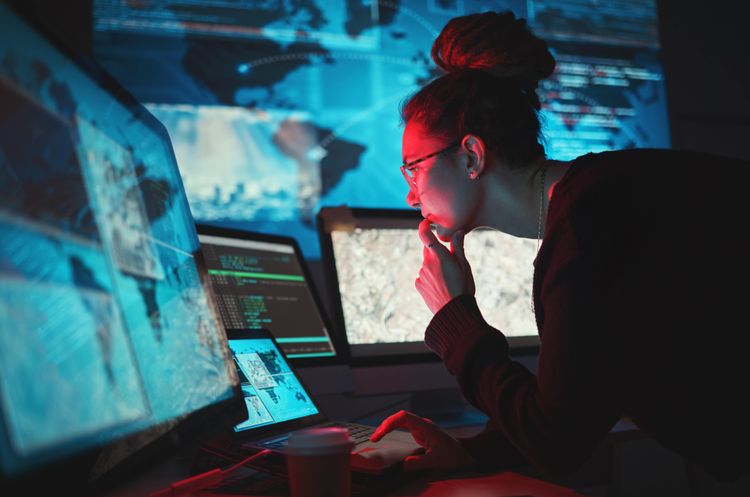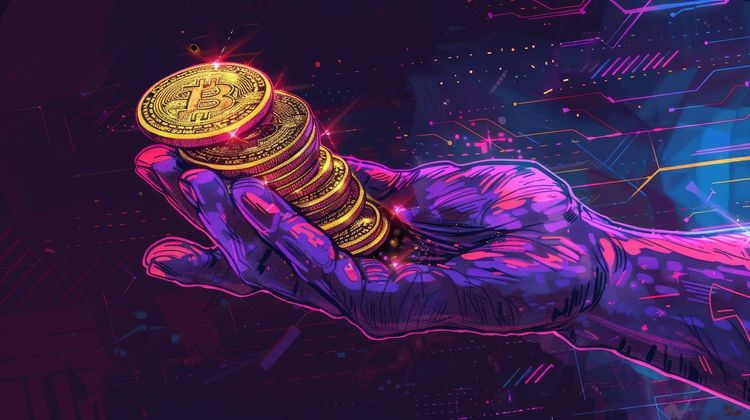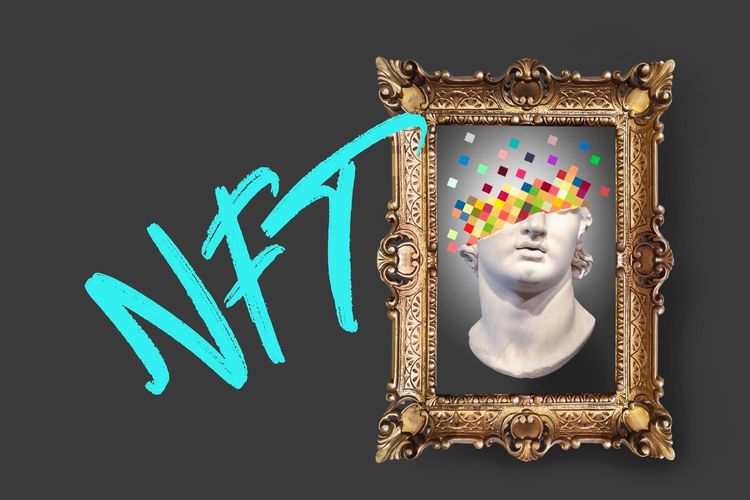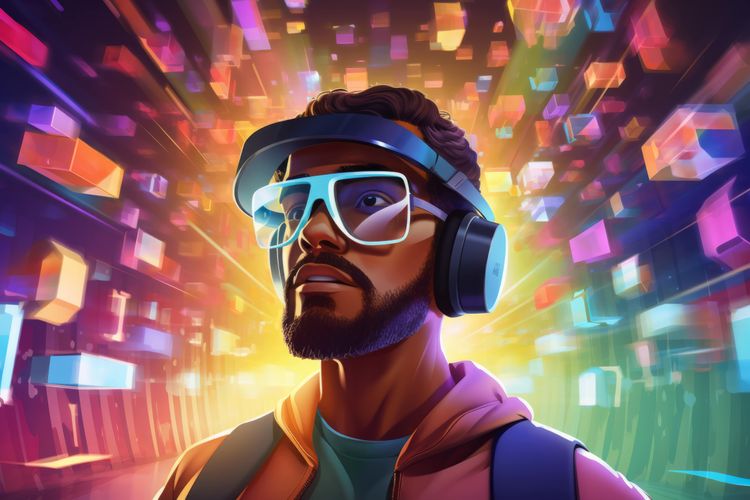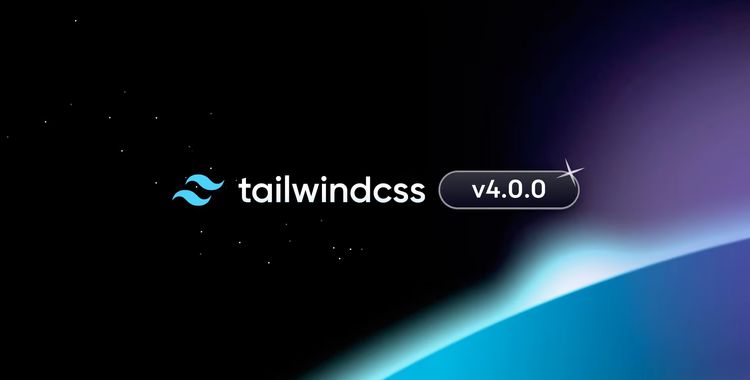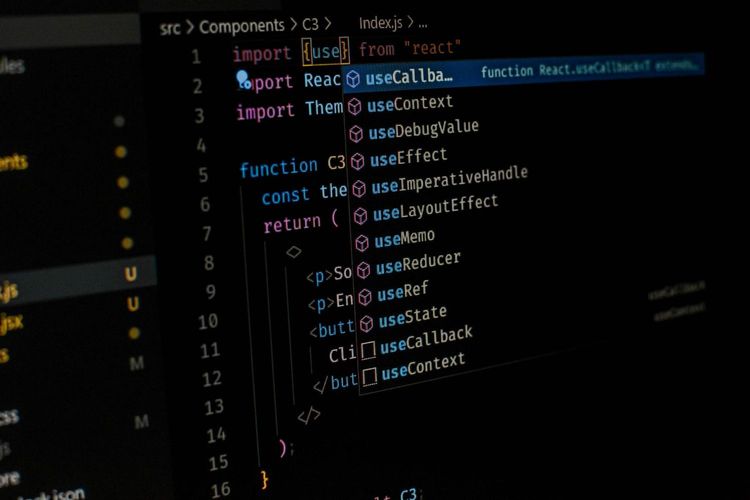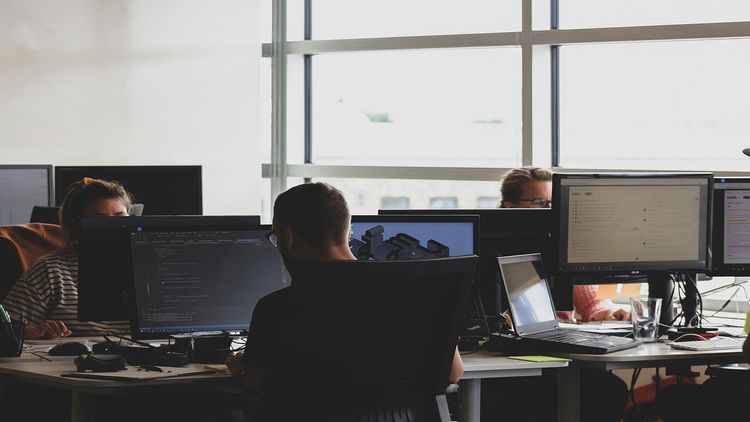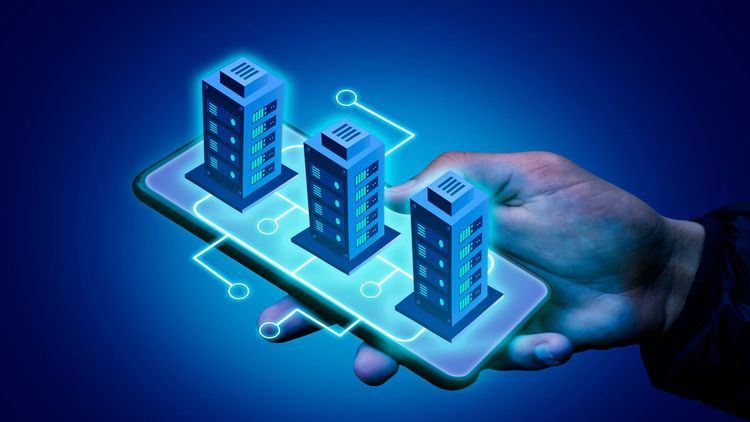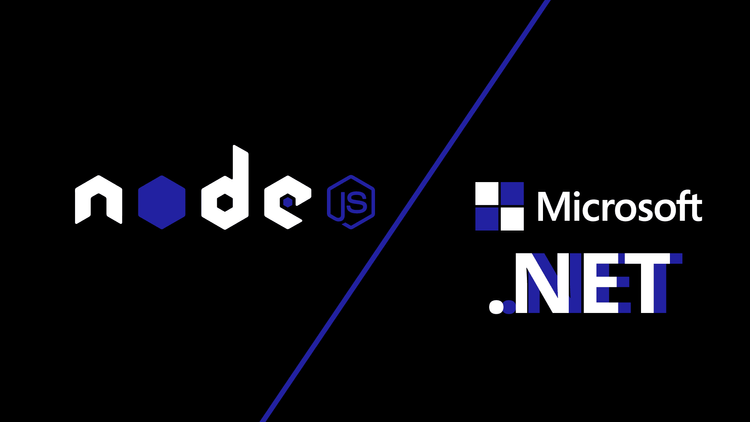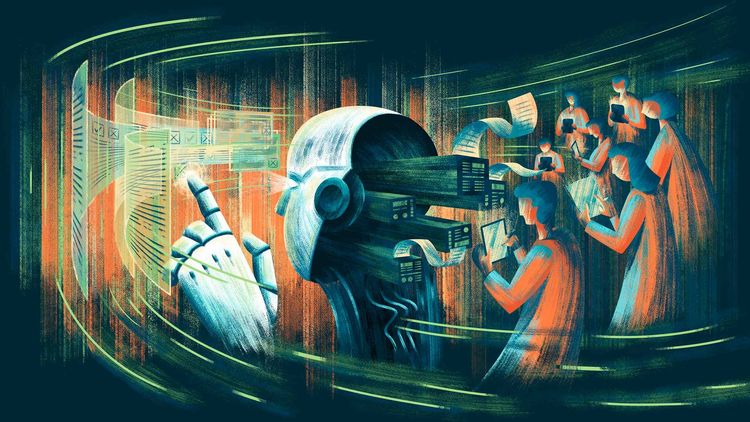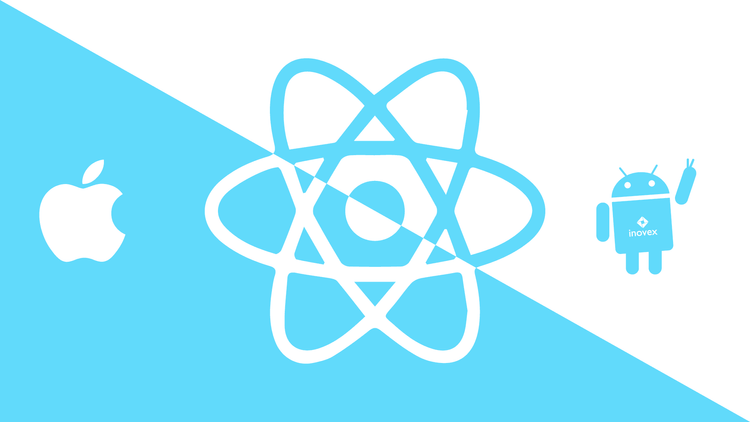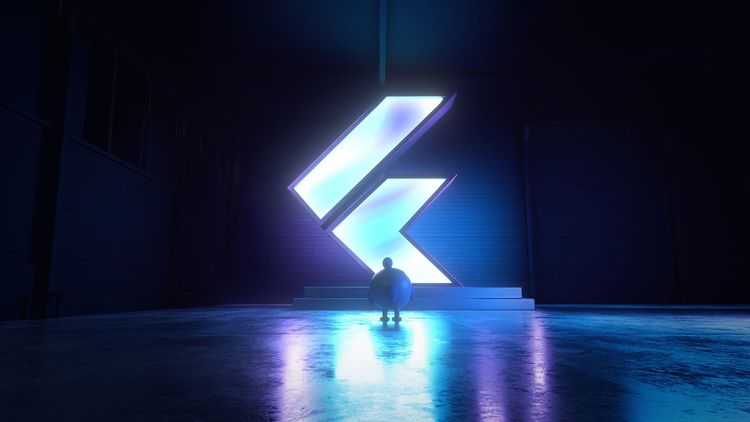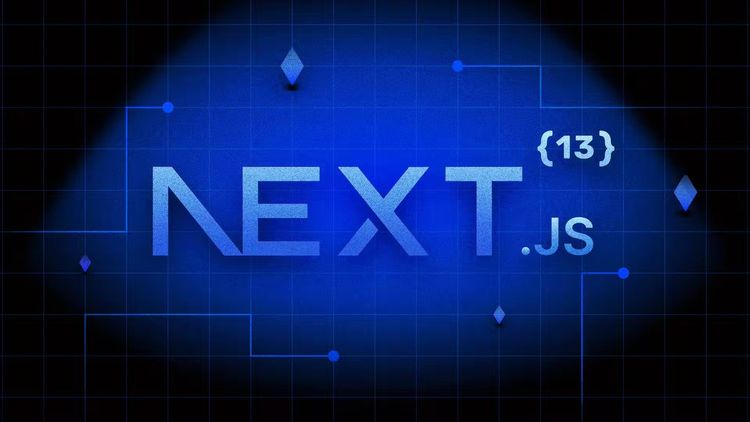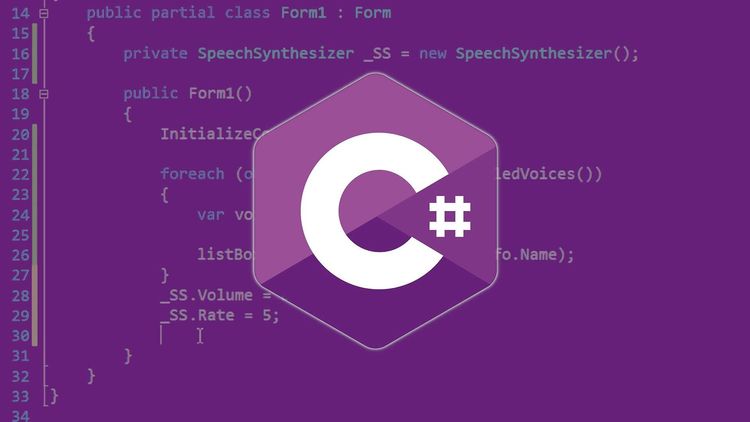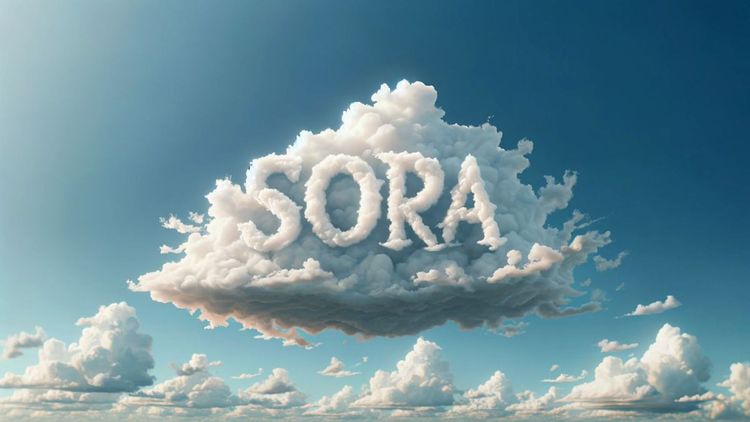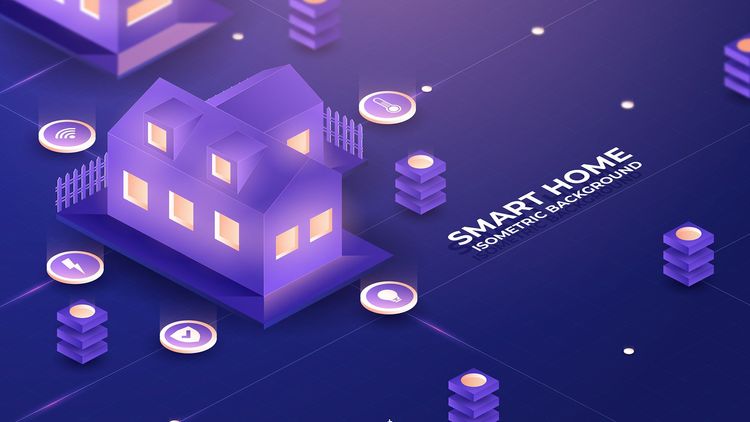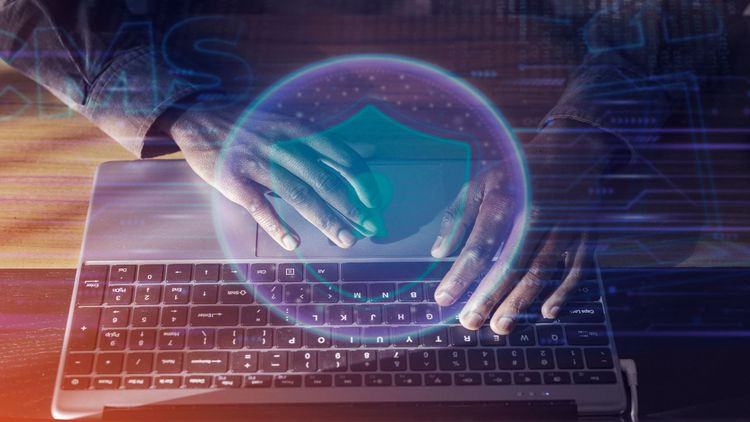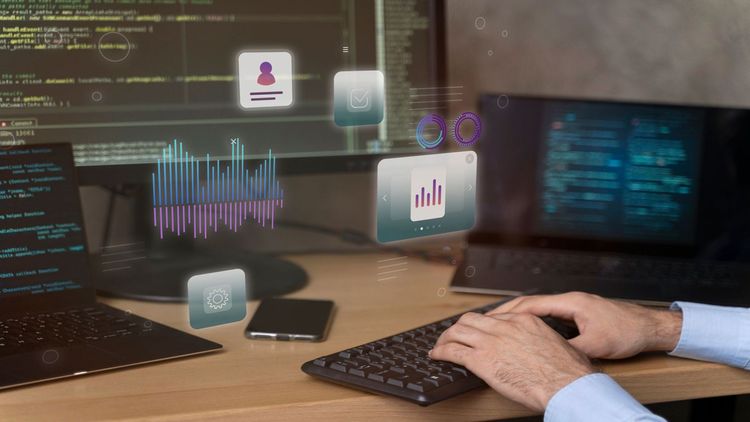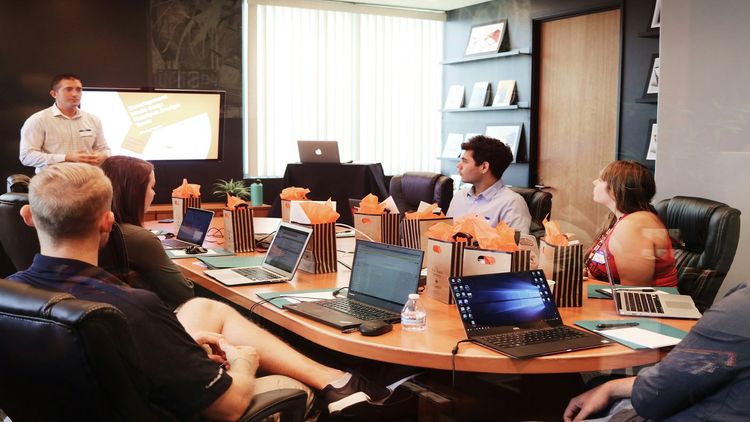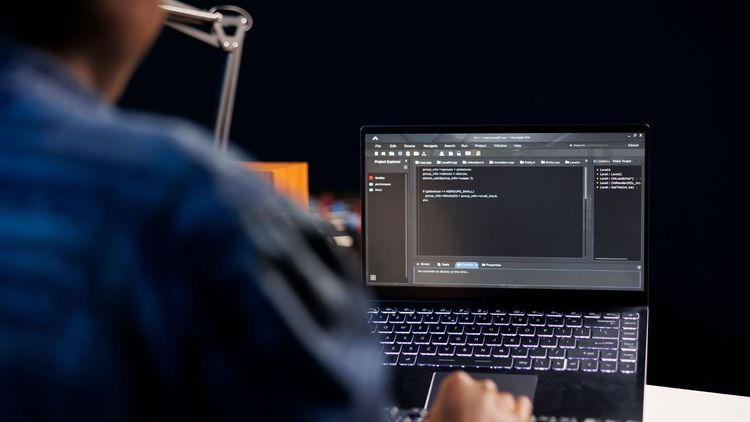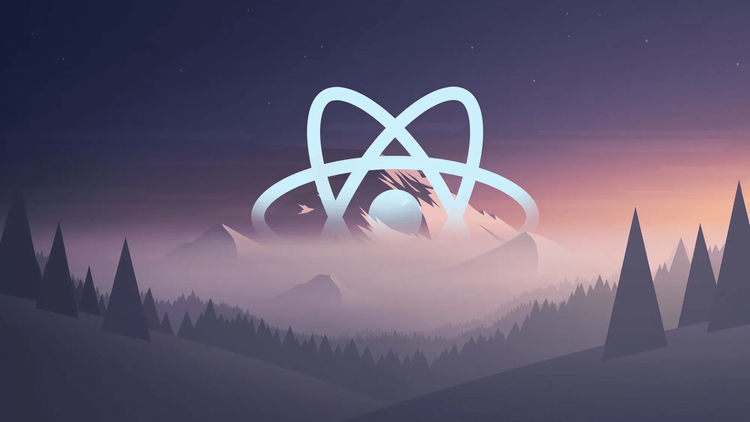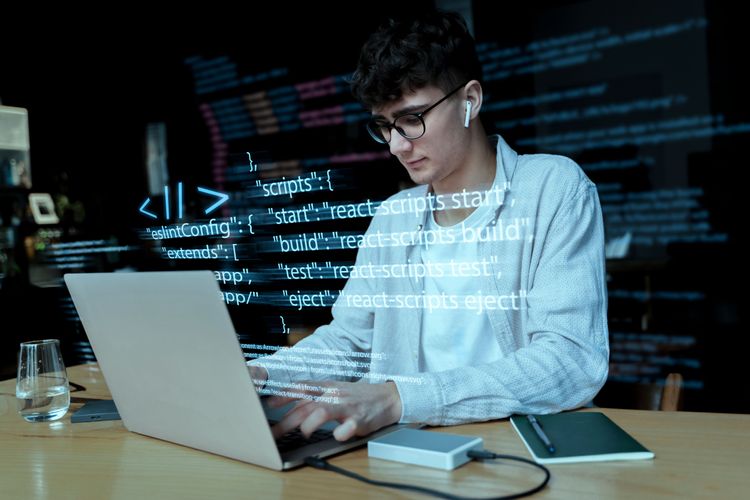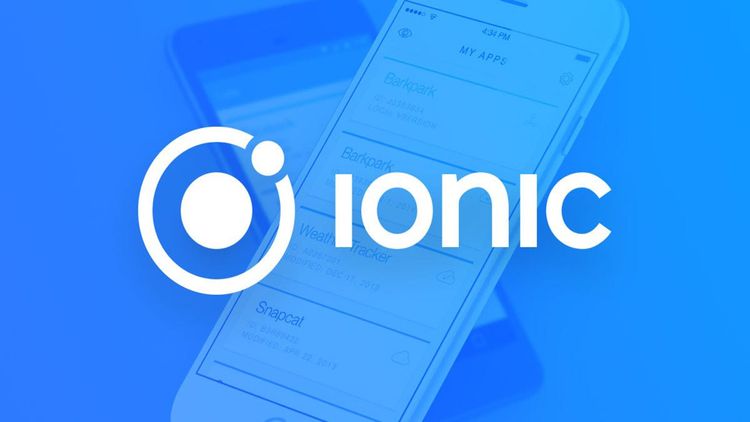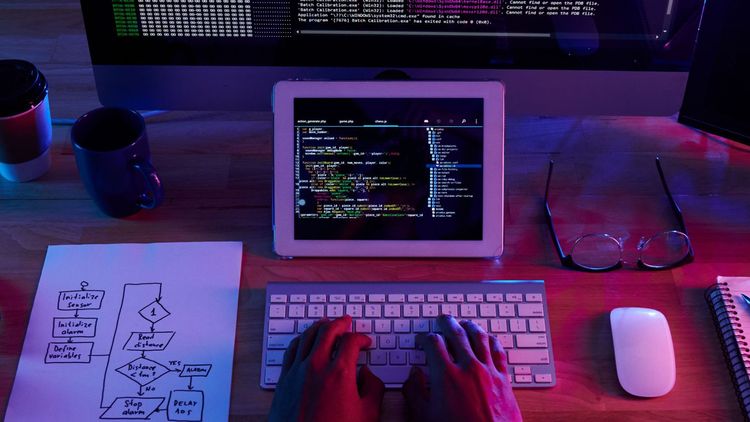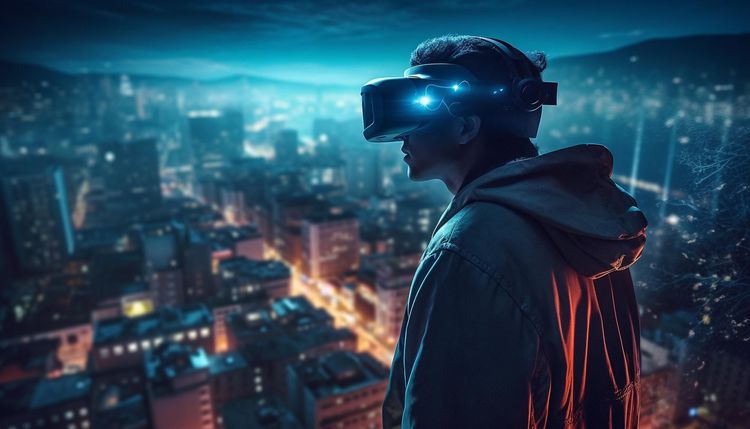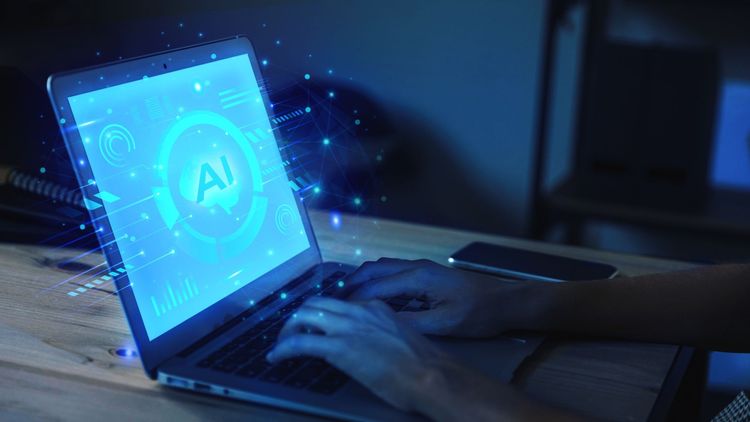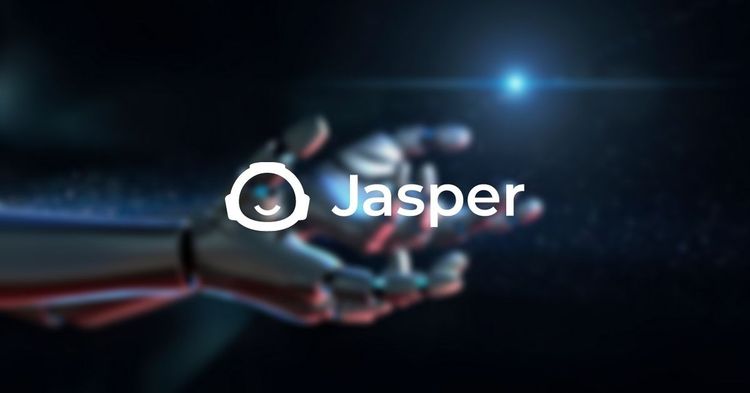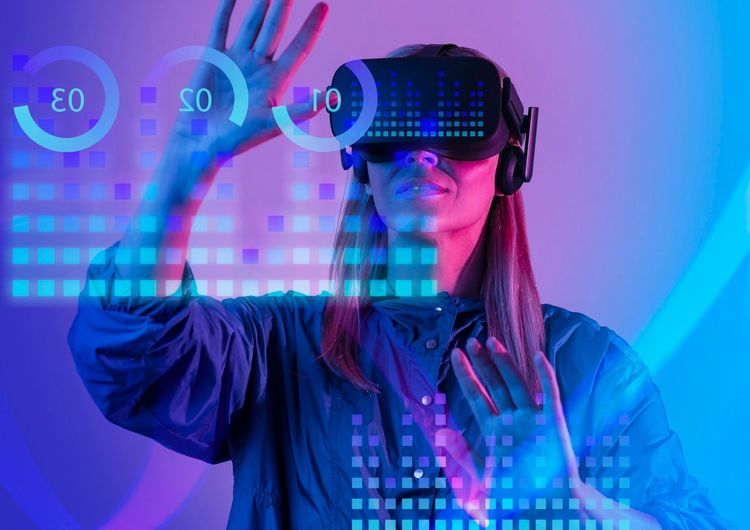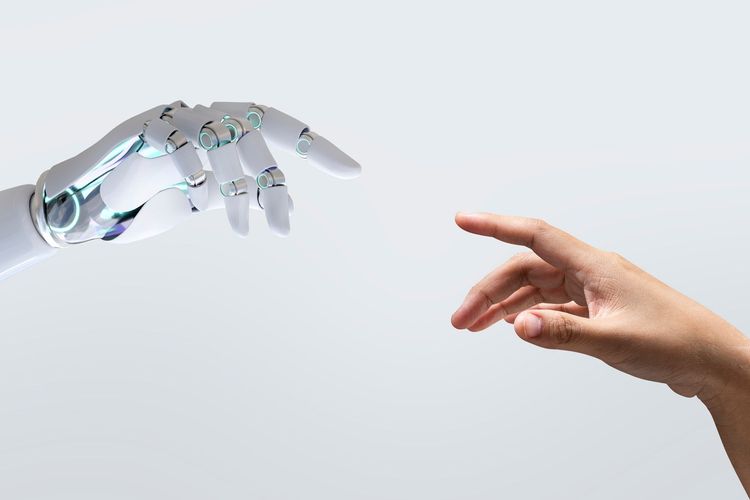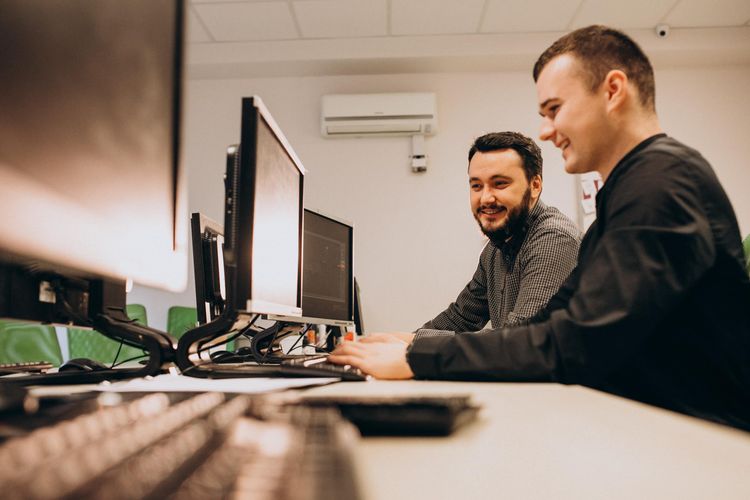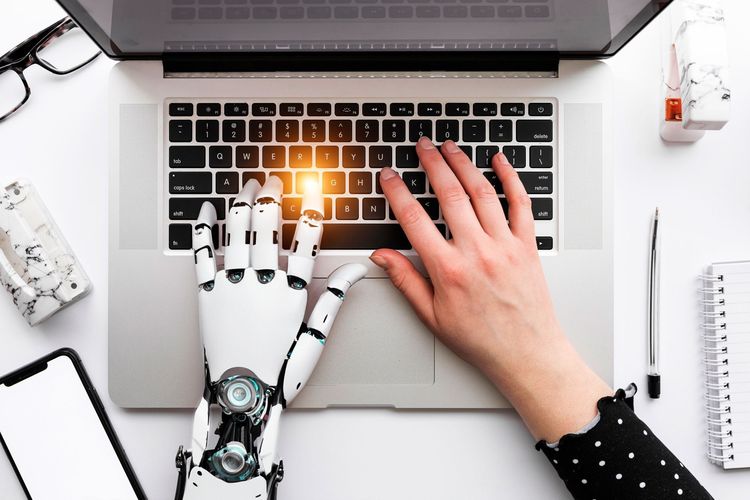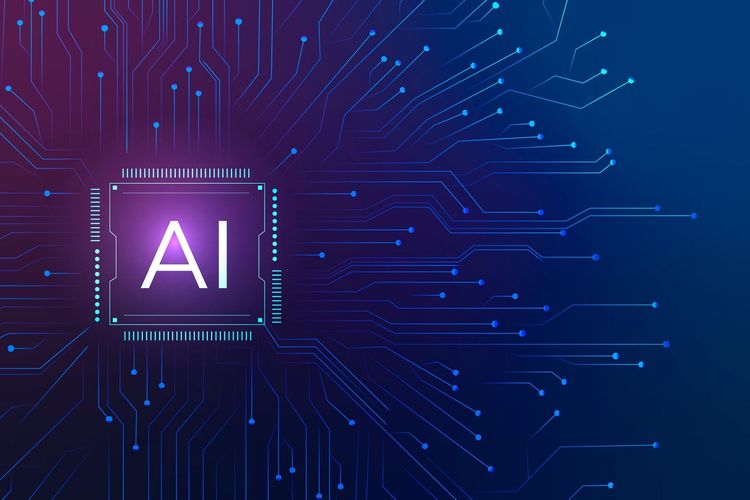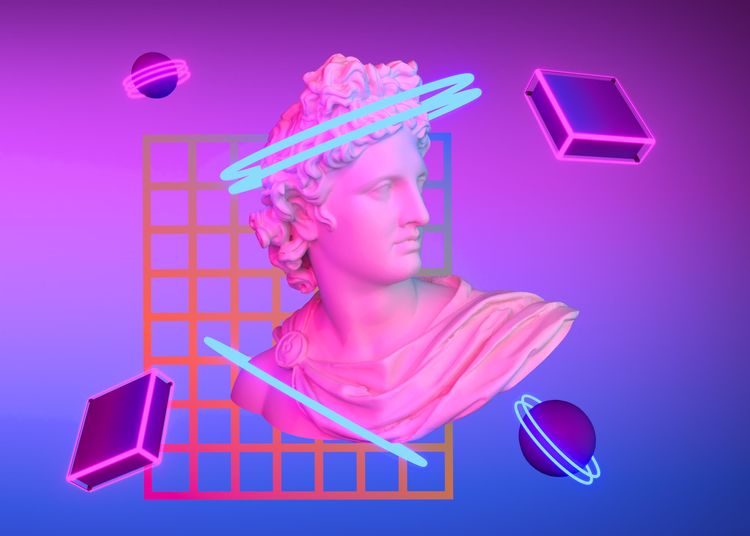The metaverse is clearly one of the ideas of the century, and we have already talked a lot about the economic, artistic, and social possibilities within virtual worlds. However, few people really know how these worlds work from the inside.
And the truth is that they have many characteristics, ranging from software and hardware to the gameplay of the virtual world. However, conceptually there are a total of 10 elements, all interdependent and necessary to form the identity of the metaverse. Let's see them in no particular order.
Crypto Tokenization and Non-Fungible Tokens
The tokenization of different elements for and within the metaverse is one of the first keys to this type of proposal. The most striking are NFTs because a non-fungible token can be anything, from a plot of land in the metaverse, to an artwork within it, or even your own representation within the virtual world.
In addition, we also have tokens of direct and fungible value, such as MANA in the case of Decentraland. This token, unlike NFTs, can be exchanged on any broker or exchange. They have a volatile value and, if the economy of the metaverse does well, the token will also do well.
Both tokens are key to the internal economy of the metaverse and the project itself.
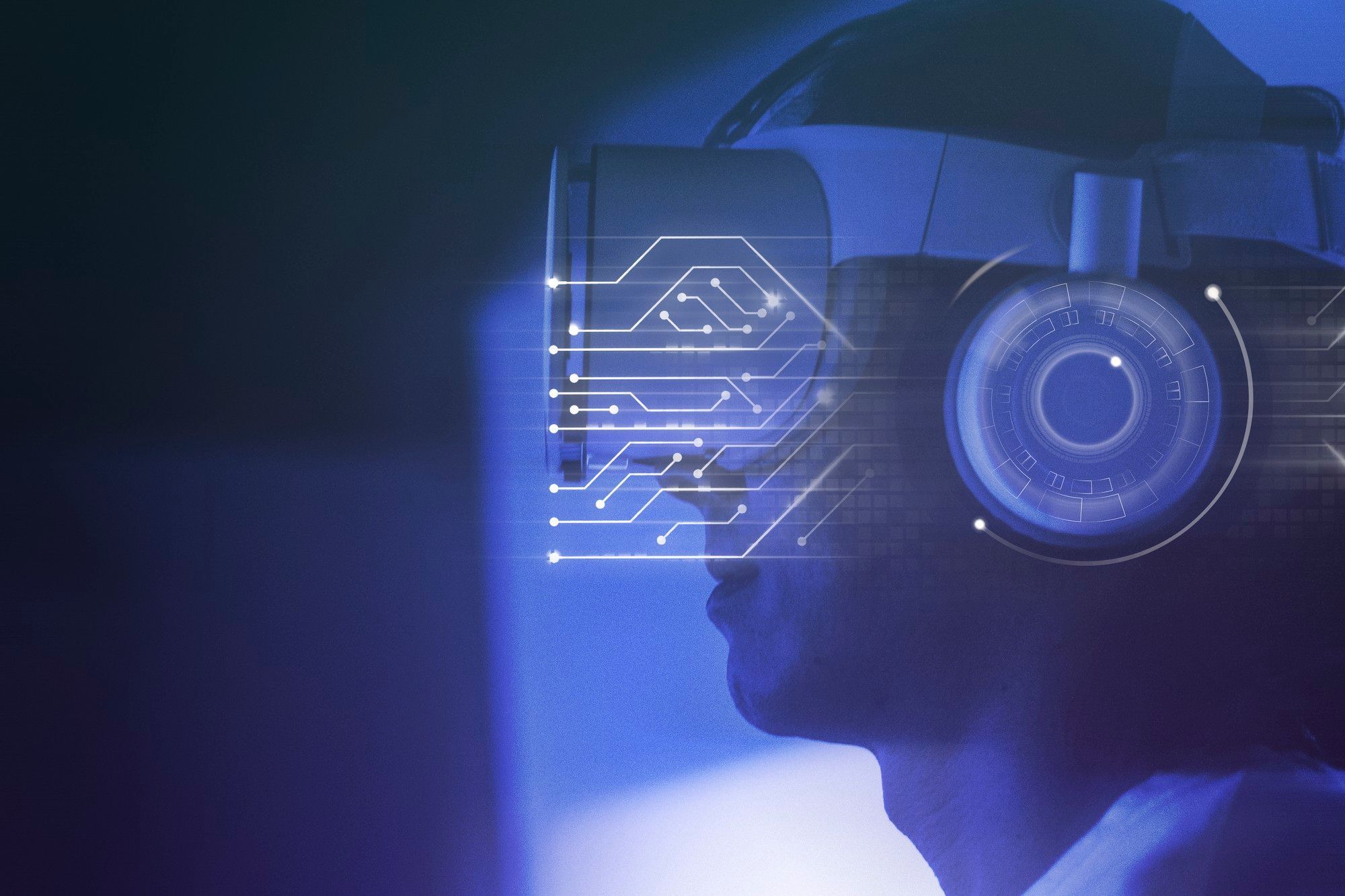
Interaction Center/Metaverse
This is another key element of the metaverse, a virtual world where players/users can interact. Each metaverse has its own interaction centers, a city, a village, an initial HUB, or something similar.
Interaction centers refer to any place where users can contact other people within the virtual world through voice or text chat. The marketplace is also a good place, but the main one is composed of three-dimensional environments full of avatars representing people.
Developers
Both the tokens and the virtual world where all users interact come from the developers of the project. The team is usually divided into several departments and teams and they are primarily responsible for making the entire project exist.
From their side, they have several tools available to implement within the metaverse and monitor the behavior of tokens in the crypto economy to address any problems that may arise. Communication with users is relevant for the future of the metaverse.
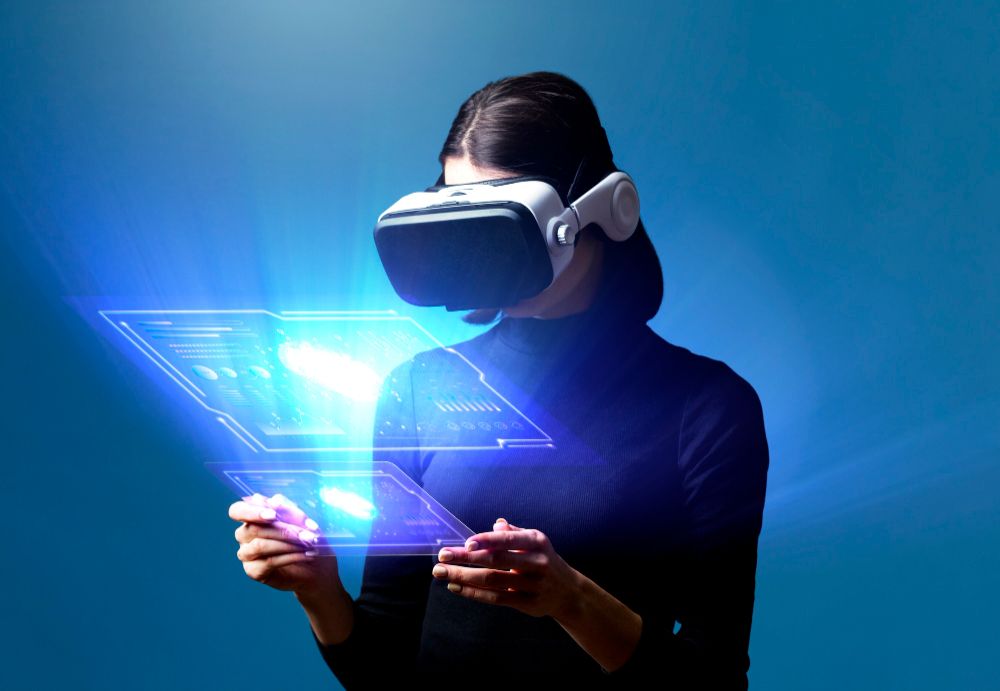
Decentralization
The metaverse is highly related to blockchain, they are not one and the same, but they really reach their full potential together. This implies the birth of decentralization and that the virtual world itself, its contents, applications, and monetary base do not belong to any entity other than its own users.
Marketplace
The "market" of this entire project is relevant to the project's economy and is related to the ability of users to interact. For many, this is the most important aspect, as they try to profit from all the virtual experiences they access.
In the next element, we will see how they do it, but first you should know that the metaverse marketplace is also decentralized and that all types of tokens are traded, making it the main means for carrying out economic activities that impact your real wallet.
![]()
Playful Experience
It is no secret that the interactive and visual idea of the metaverse is inspired by video games. Therefore, they have a lot in common, starting with the playful nature of many of the experiences they offer.
The metaverse offers a series of activities, missions, or challenges that, when completed, give you economic resources that can sometimes be exchanged for tokens, NFTs, or other virtual currencies. The idea is to play, have fun, earn tokens, and exchange them for goods to enjoy the metaverse more or directly change them for tokens in the marketplace.
Creation Tools
Finally, creation tools refer to the set of tools that any user can use at any time to generate more content within the metaverse.
That's right, not all content within virtual worlds comes from the developers. There are also buildings, games, art, lands, avatars, songs, and everything you can imagine that comes from the hands of users who are very interested in the project.
It is worth noting that part of this content is free and visible to everyone, while there is other content that is sold in the marketplace, so creation tools are directly related to the economic system of the metaverse.
